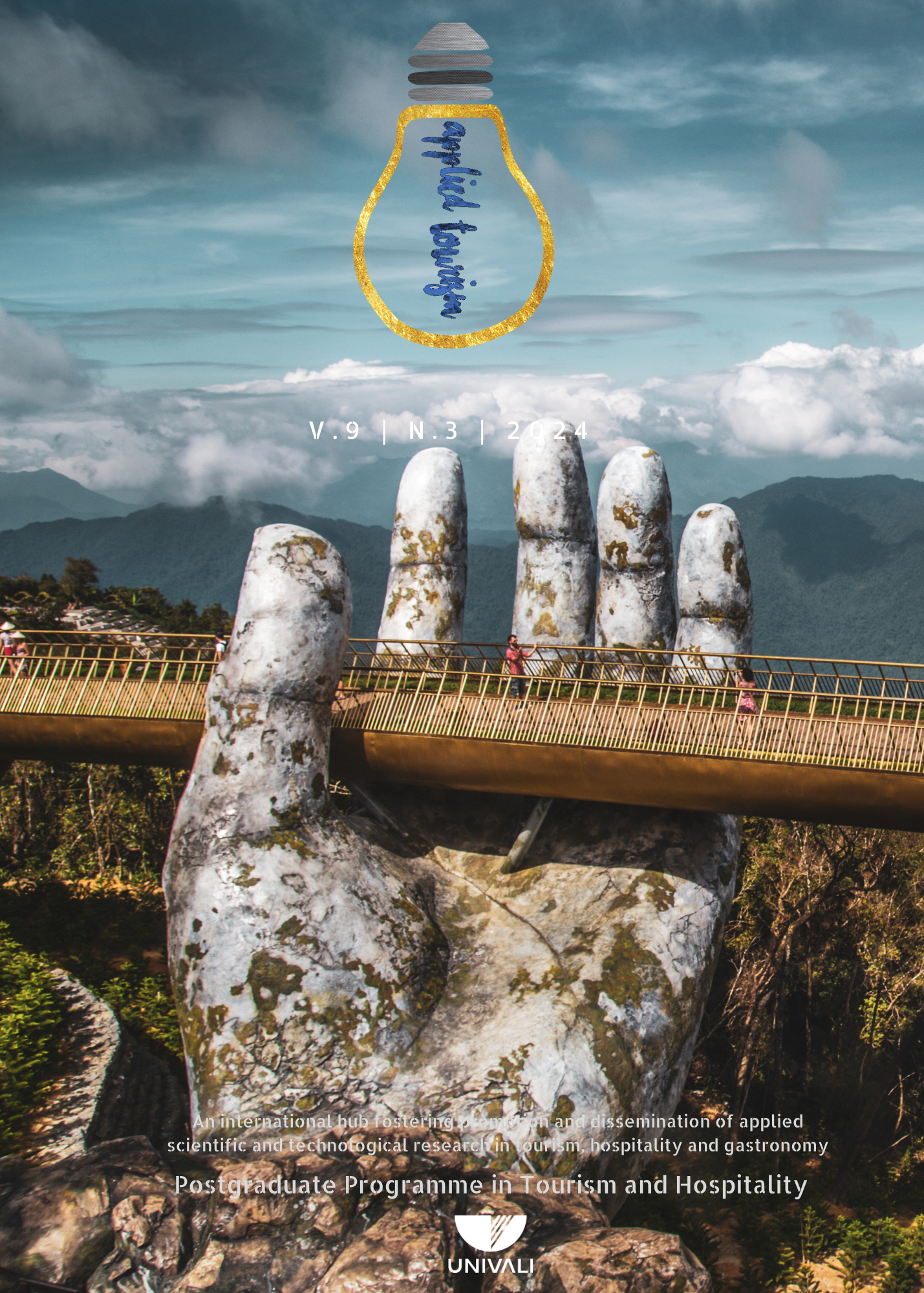
The COVID-19 pandemic changed social structures on multiple scales due to social and sanitary restrictions. Tourism, like other sectors, was broadly impacted, experiencing a dramatic reduction in travel. In response, individuals sought alternative ways to maintain physical activity, with outdoor activities gaining popularity, and cycling becoming increasingly widespread under these circumstances. This study aimed to analyze the profile of cyclists and cycle tourists in Santa Catarina within the post-pandemic context. The research employed a mixed-methods approach, combining both quantitative and qualitative data for a descriptive analysis. A self- administered questionnaire was applied for data collection and measurement, analyzed within a theoretical framework. The study involved 185 respondents residing in the state, with a near-equal distribution of men and women, and a predominance of higher education and income levels. The findings indicate that the pandemic significantly encouraged cycling as a means of leisure, recreation, and physical exercise. A significant proportion of respondents began cycling due to social restrictions and continued the activity post-pandemic. Cycle tourism was almost unanimously regarded as a key driver for developing tourist attractions, with the potential to attract visitors and generate income for local communities.




Copyright (c) 2025 Anderson Sartori
This work is licensed under a Creative Commons Attribution-ShareAlike 4.0 International License.







